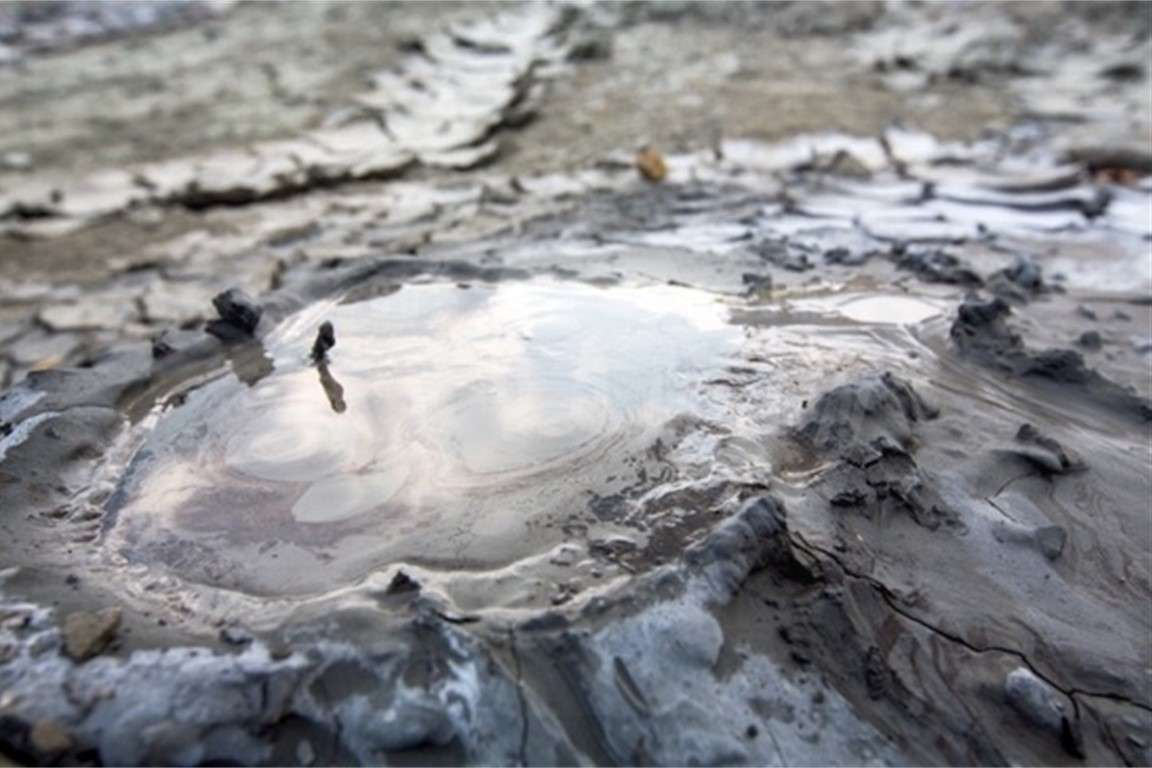
Whenever anyone talks about the volcanoes, the pictures of hot melting lava coming out of mountains and throwing ashes into sky appears in the mind. However, there is an incredibly unusual variety of volcano that stands out, and it is called the ‘Mud Volcano’. It can be seen in distinct parts of the world, but in India, only one territory carries this incredible phenomenon of nature. Baratang and Diglipur regions of the Andaman Island contains the only known examples of mud volcanoes in India. The Baratang island belongs to the Great Andaman Chain, and it lies 150 km north of Port Blair, and Diglipur is around 300 km north of Port Blair. Stunning waterfronts, limestone caves, mangroves and the unique mud volcanoes are some of the remarkable features of these places.
According to the Geological Survey of India, the mud volcanoes have erupted greatly in the year 2005 and it is believed to have been associated with the 2004 Indian Ocean earthquake. A previous major eruption recorded was in the year 2003. The mud volcano is the exact opposite of any traditional volcano. It does erupt like a normal volcano, but the eruption is entirely cold. The normal lava volcanoes after eruption create fertile lands, while the mud volcano makes the whole eruption site infertile. The size of the mud volcano is exceptionally little, and the size is caused by the intensity of the eruption. If the eruption is very large, then the volcano looks bigger due to the larger amount of mud outflow. Very mild activities can be seen in the mud volcano with some bubbles and gases that emit from it. A mud volcano is caused by the eruption of mud, gases, slurries and water from the ground forming a dome-like mud structure. The smallest mud volcanoes are hardly a couple of meters wide while the widest could be a few kilometres wide. The temperature of mud volcanoes don't rise too much and stays between 36° F to 212° F and many of them have been utilized as mud baths in the different parts of the world.
In the entire world, around 1100 mud volcanoes have been identified. And in India, the mud volcanoes are only found at Baratang and Diglipur in Andaman. The Baratang mud volcano is frequently visited by the tourists. The area of Baratang mud volcano is fenced to carry out the scientific testings and as a safety precaution. Not all volcanoes are active in these regions and thus it is important to take help from the locals, and the locals of Baratang and Diglipur call these mud volcanoes ‘Jalki’. However, many people expect an adventurous erupting volcano site, and when all they see is mud and bubbles, their expectation shatters. It is important to be clear about what one can expect at a mud volcano site.
Active mud Volcanoes at Andaman are a quite interesting geographical phenomenon located in the bush of islands, and these islands are similarly famous for birds of distinct species like white-bellied sea eagles, red-breasted parakeets, scarlet minivets and many more. The green blankets of mangrove forests and the stunning caves increase the beauty and diversity of these regions. One of the best ways of getting close to the mud volcanoes of these islands is hiking because there are plenty of trails to mud volcanoes that go through the thick forests that can take someone's breath away. To take a glimpse of this extraordinary geographical splendour it is important to visit the city of Port Blair, capital of Andaman and Nicobar Islands, India. This capital city is well connected to mainland India by air and water, and the quickest way is to take a flight from major Indian cities. Several ferry rides, buses, and even private vehicles are available to visit this amazing geographical phenomenon of mud volcanoes at the Andaman Island.
________________________________
Reference:
- www.andamanholidays.com
- www.go2andaman.com
- www.wikipedia.com
